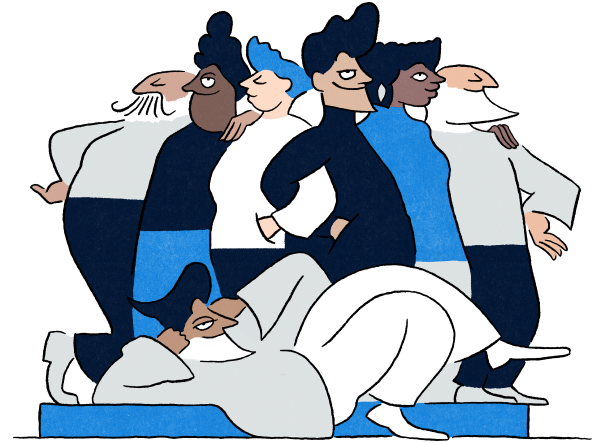Resources
You can find some helpful resources to support your QI journey by accessing the links below.
Resource Library
Follow QI on social media
To keep up to date on the latest concerning QI at ELFT, follow us on our socials.

You can find some helpful resources to support your QI journey by accessing the links below.
To keep up to date on the latest concerning QI at ELFT, follow us on our socials.
